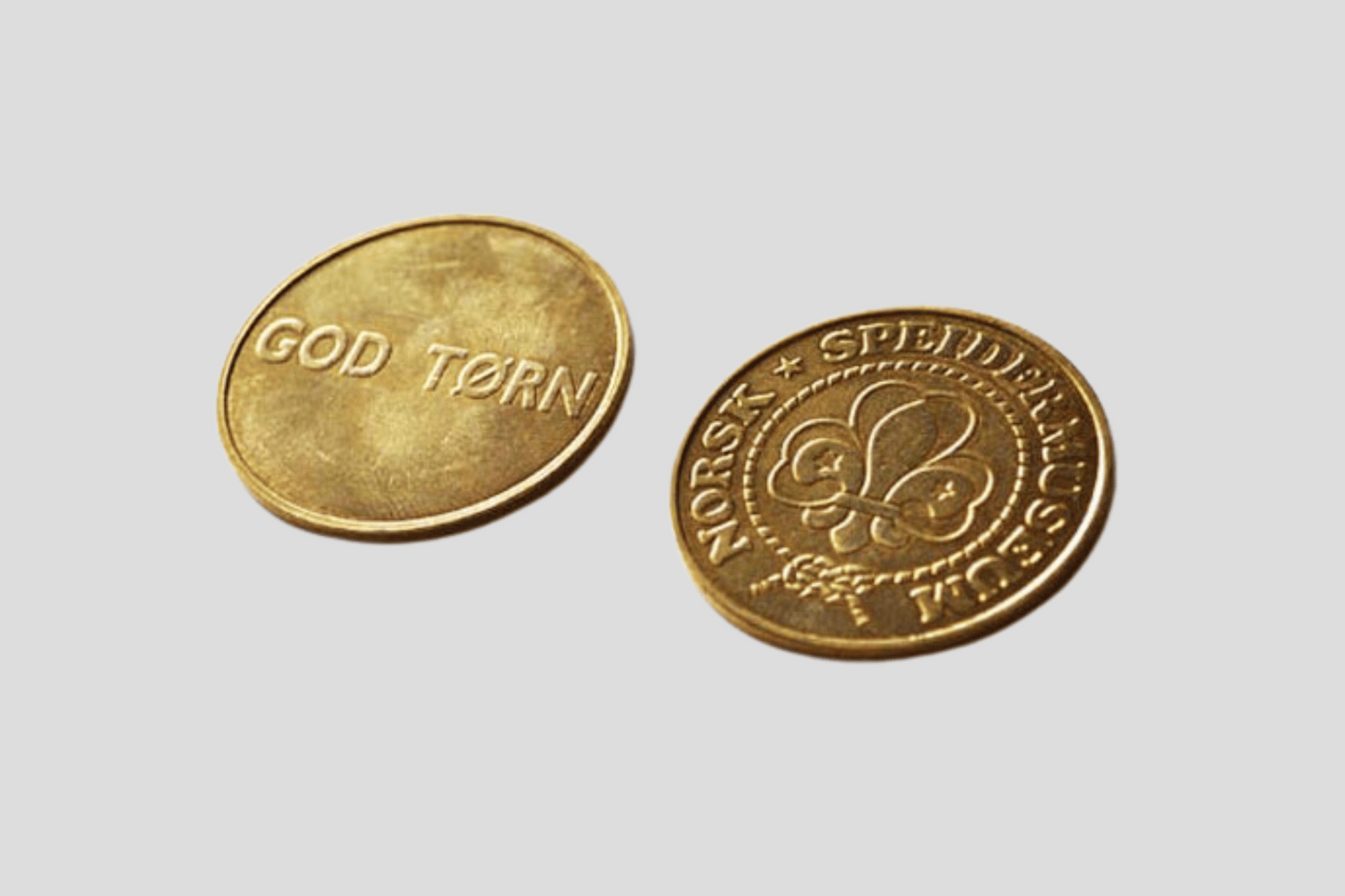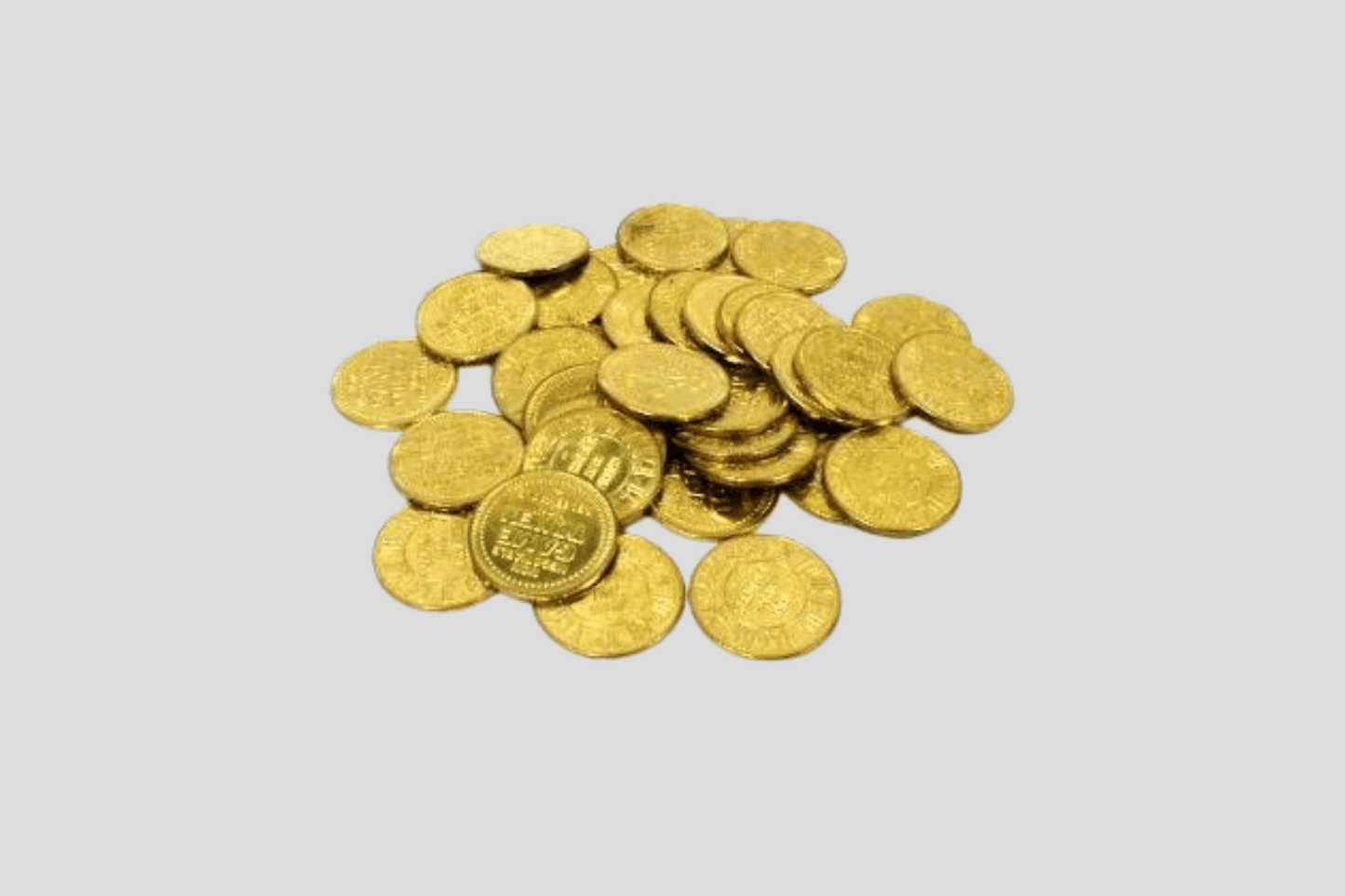
What Are Coins Made Of?
An overview of different types of coins and their differences.
Materials for Common Currency Coins
Currency coins are made from various materials depending on their value and durability. The primary metals used are copper, nickel, and zinc. These are selected for durability, affordability, and chemical properties.
Materials Used in Currency Coins:
- Copper: Commonly used in coins due to its high conductivity and corrosion resistance. Often found in lower-value coins.
- Nickel: Adds strength and resistance to corrosion. Used in higher-value coins for durability and aesthetics.
- Zinc: Cheaper than copper and nickel, often used as a core coated with harder metals like copper or brass.
Why These Materials Are Chosen:
- Durability: Coins must withstand frequent use and environmental exposure.
- Value: Cheaper materials like copper, nickel, and zinc are used instead of precious metals like gold or silver.
-
How Are Currency Coins Minted?
The production of coins involves several precise steps. First, raw materials like copper and nickel are melted into alloys. Designers create the coin’s layout, which includes anti-counterfeit features. Metal sheets are cut into blanks, cleaned, polished, and then stamped under high pressure with the design. Each coin’s weight and authenticity are carefully checked before packaging and distribution through banks.

From Silver Coins to Modern Metals – A Brief History of Currency Coins
Historically, coins were made from precious metals like gold and silver. Over time, alloys like silver-copper were introduced to reduce costs. Today, modern coins are made from nickel and copper-zinc alloys, where the metal's value no longer dictates the coin’s worth.

How to Assess a Coin's Value
A coin’s value is determined by rarity, metal content, condition, and historical significance. Coins made from rare metals or those with historical importance are worth more.
-
Brass Coins – Perfect for Events and Branding
JM Band’s custom-made brass coins are popular for events and branding due to their durability and professional appearance. Brass is sought after for its durability and shiny, golden look. These coins are used as tokens for events, marketing campaigns, or souvenirs.

Advantages and Disadvantages of Different Types of Coins
Coins made of precious metals are durable but expensive to produce. Brass coins are cheaper but require mass production. Coated iron coins offer a customizable, cost-effective option. Plastic coins are lightweight and affordable but less durable and have an environmental impact if not recycled properly.

How to order custom coins from us
Custom Metal Tokens and Coins
Regular price
€2,07
Regular price
Sale price
€2,07 EUR
Unit price
/
per




